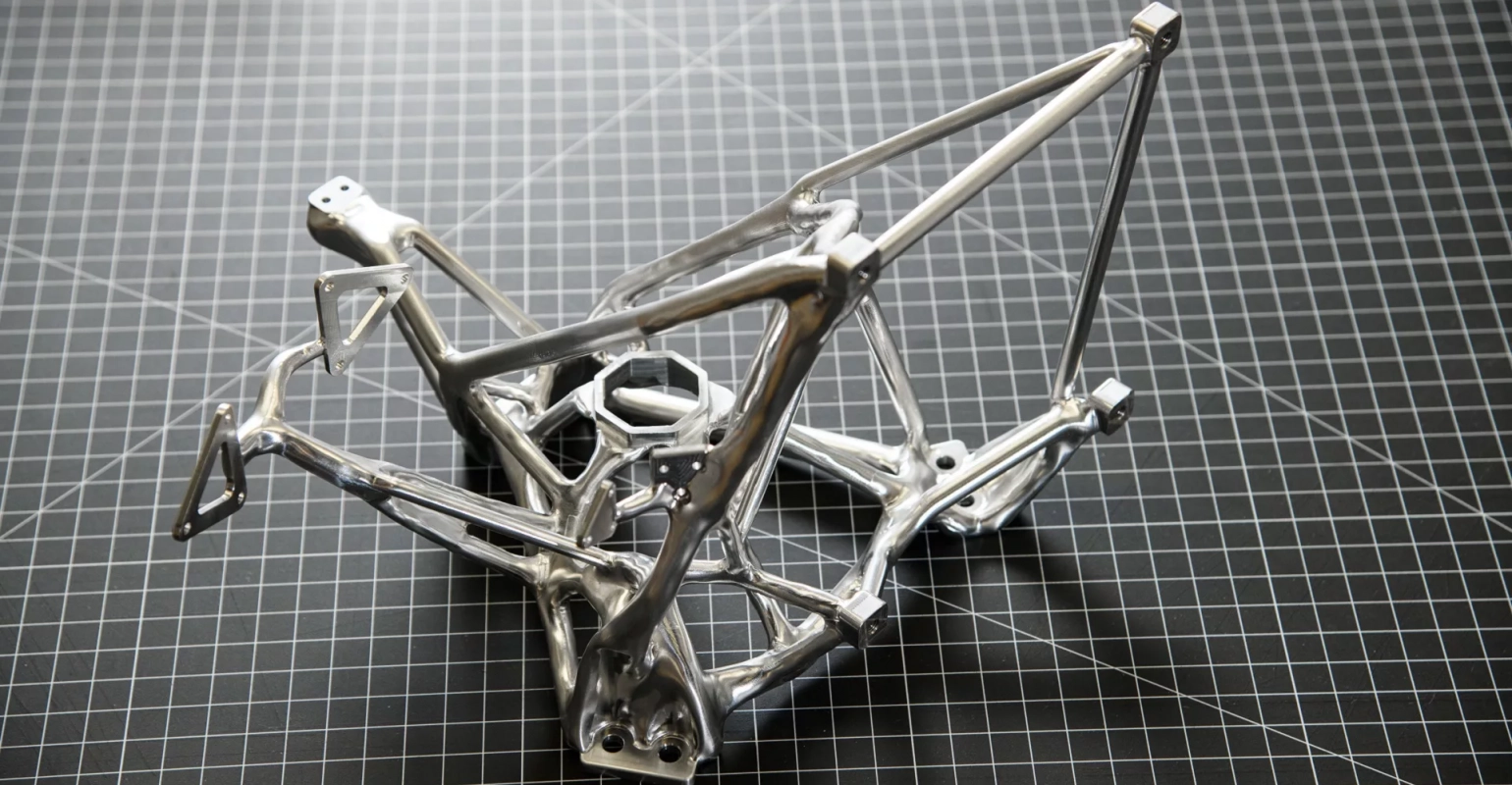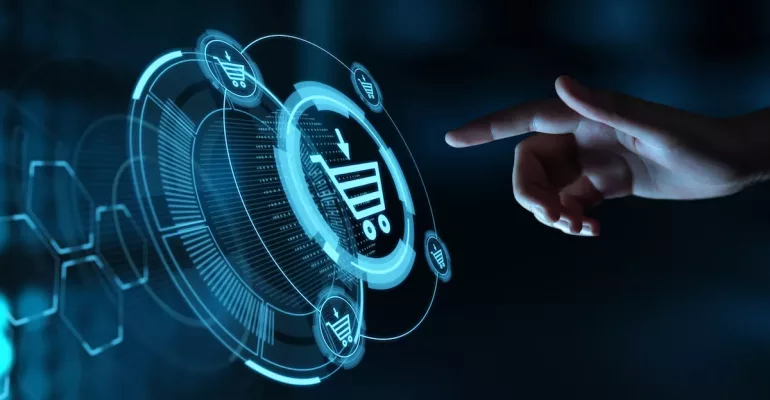Many people assume failure is the opposite of success. However, failure is an essential part of the journey toward success. Without failure, there are no lessons learned; there is no success. Looking back throughout history at the world’s most significant accomplishments, most are built on mountains of failure. Following the semi-successful Starship launch this morning, we will explore how failures can lead to success and provide examples of events that lead to new designs or discoveries.
Lessons Learned
When we fail, we must look at our mistakes and understand what went wrong. This process can teach us valuable lessons to apply to future endeavors. For example, Thomas Edison famously failed over a thousand times before inventing the light bulb. However, instead of seeing his failures as setbacks, he saw them as opportunities to learn and improve his design. His famous quote, “I have not failed. I’ve just found 10,000 ways that won’t work,” demonstrates his determination to learn from his mistakes.
Another example of how failures can teach us valuable lessons is the story of James Dyson, the inventor of the Dyson vacuum cleaner. He faced numerous failures and rejections before his design was successful. However, instead of giving up, he learned from his mistakes and continued to improve his design. His perseverance paid off, and today, Dyson is a leading brand in the vacuum cleaner industry.
Failure leads to innovation
The Post-it Note was famously created by accident. In the 1960s, a chemist at 3M was attempting to invent a super-strong adhesive. However, his glue failed. Despite this failure, Dr. Spencer Silver accidentally created a “low-tack” reusable adhesive that could easily be removed. Post-it products are now sold in more than 100 countries.
Or simply look to the story of the Slinky. In the 1940s, a naval engineer named Richard James attempted to create a spring to stabilize equipment on ships during rough seas. However, he accidentally knocked over one of his prototypes, and it “walked” down a flight of stairs. The Slinky has sold over 300 million units worldwide.
Not all accidents are without loss however. When the flash fire broke out inside the Apollo 1 spacecraft during a launch rehearsal test, it killed all three astronauts aboard. The disaster was a major setback for NASA, but it did lead to significant improvements in spacecraft design and safety protocols. NASA implemented rigorous testing and inspection procedures, improved fire prevention and suppression systems, and developed new materials and construction techniques that helped prevent future tragedies.
Accidents often demand new designs, which are more effective than the original design. For example, in the 1960s, Boeing was working on a new design for a military transport aircraft. However, they realized a need for a large passenger aircraft during the design process. So they used their existing design to create the Boeing 747, the largest passenger aircraft of its time. Today, the Boeing 747 is an iconic aircraft that has transported millions of passengers worldwide.
Lessons to succeed in failure
- Failure is not the opposite of success. It is a necessary step on the path toward success. When we fail, we should take the time to reflect on our mistakes and learn from them.
- Perseverance is key. Successful individuals don’t give up when they face failures or rejections. Instead, they use their failures as motivation to keep improving and working towards their goals.
- Embrace accidents and mistakes. Sometimes, accidents and errors can lead to new designs or discoveries. When we encounter accidents or mistakes, we should approach them with an open mind and explore the potential opportunities they may present.
- Don’t be afraid to take risks. Innovation often comes from taking risks and exploring new ideas. Successful individuals are fearless in taking risks and are willing to try new things, even if they may fail.
Failures can be successes in many ways.
Failure is but a stepping stone to success. It teaches us valuable lessons, leads to innovation, and it inspires new designs. When we face failure, we should embrace it as an opportunity to learn and improve. Failures can be powerful catalysts for innovation and progress. By learning from our mistakes and developing new solutions and technologies, we can continue to push the boundaries of space exploration and achieve new scientific breakthroughs. When we shift our mindset to perseverance and risk-taking, we can achieve our goals and ultimately succeed in our endeavors.
Today’s Starship launch was the launch of the most powerful rocket ever. It successfully cleared the launch pad, and it successfully flew high into the atmosphere. It passed the point of maximum aerodynamic pressure, and it almost reached the separation point which would send it past the Karman Line, officially entering space. Elon Musk said that if the rocket survived liftoff without damaging the pad, he would consider it a win. Starship got much further than the launch pad, but now there are some lessons to learn.
Semper Supra




